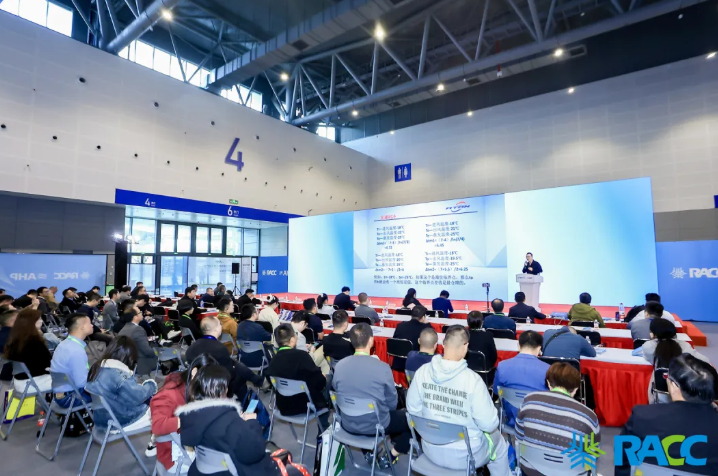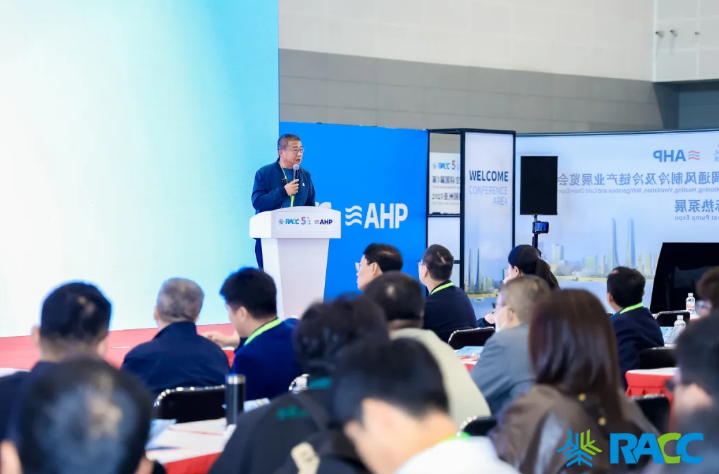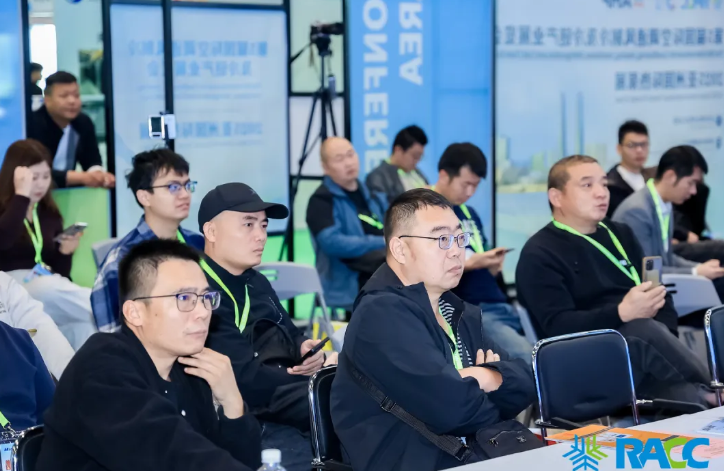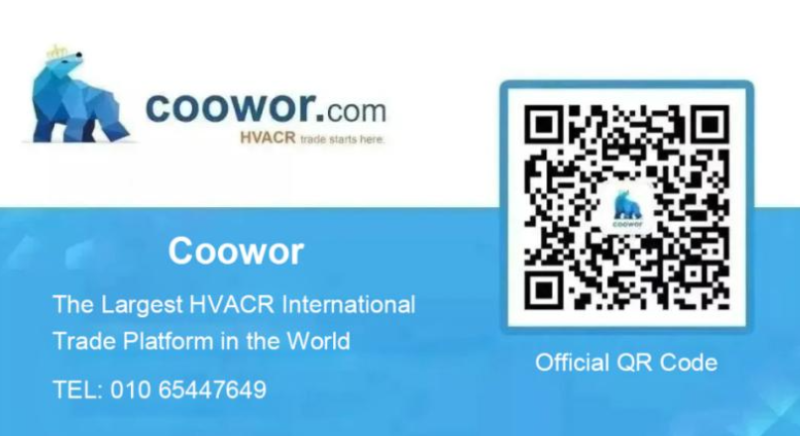
On October 24, 2025, the "5th China Cold Chain & Cold Storage Development Summit," hosted by the Industrial Bee Alliance, was successfully held at the Hangzhou Convention and Exhibition Center. The forum was chaired by Zang Runqing, a professor at Tianjin University of Commerce.

Themed "How Capacity-Type Air Coolers Can Solve the High Energy Consumption Challenge in Cold Storage," this forum brought together government representatives, renowned experts and scholars, manufacturers, engineering contractors, and cold storage material suppliers from the refrigeration industry. Participants engaged in comprehensive discussions spanning from standard establishment and design optimization to material upgrades and engineering applications, exploring how air cooler technology can lead industry transformation, address development pain points, and collaboratively develop new paradigms for sustainable cold chain and cold storage development.
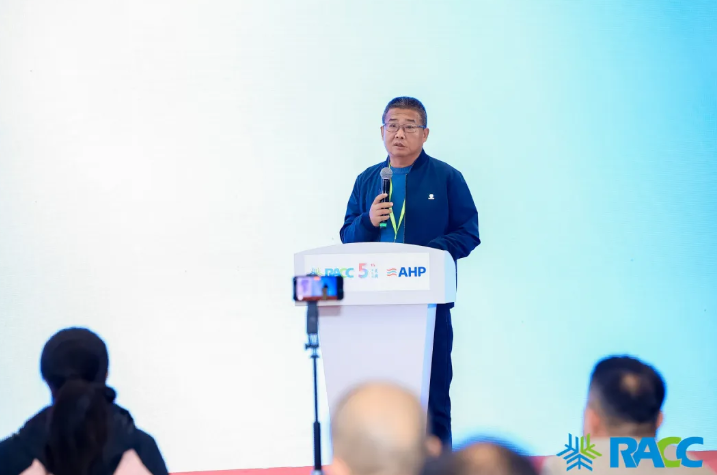

Dr. Zhang Zhiqiang, the technical consultant on finned heat exchangers, Chengdu Tianqi Environmental Control Technology, stated that in response to the cold chain industry's urgent demand for high-efficiency and energy-saving equipment, the collaborative optimization of structure and heat transfer in fin heat exchangers has become key to enhancing the performance of capacity-type air coolers. By adopting enhanced fins such as corrugated and louvered types, combined with vortex generator designs, the airflow field on the air side can be effectively disturbed, and the thermal boundary layer disrupted, thereby significantly improving heat transfer efficiency. Additionally, numerical simulation technology is essential for the multi-objective optimization of tube arrangement and fin parameters, precisely balancing the conflict between high heat exchange performance and low airflow resistance. This ultimately enables the heat exchanger to achieve compact and lightweight structural design while synergistically enhancing efficient heat transfer and reducing operational energy consumption.
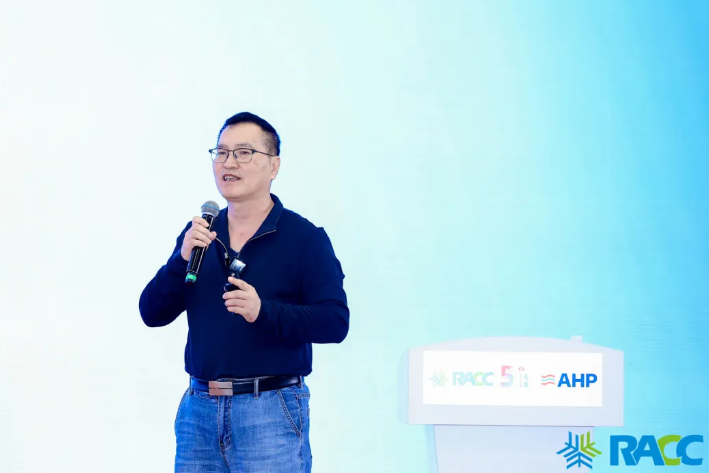
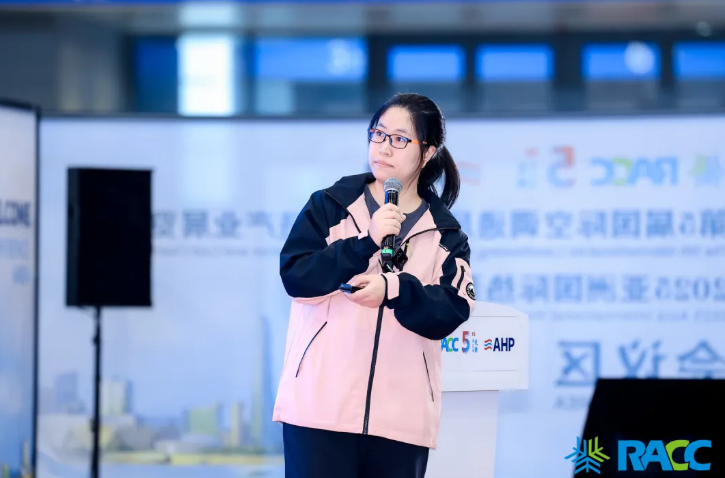
Master Yang Zhaodan, the heat exchanger fin designer at the Industrial Bee Alliance--joint refrigerant unit, systematically analyzed the key design points for fluid flow on both the air side and refrigerant side of capacity-type air coolers. Research indicates that the heat transfer efficiency on the air side is significantly influenced by the inlet air temperature and humidity: when the relative humidity exceeds 80%, the moisture removal effect can increase the heat transfer coefficient by 13% to 50%, but it also reduces the effective refrigeration capacity. The face velocity needs to be reasonably controlled, as increasing the velocity enhances the heat transfer coefficient, though the rate of improvement diminishes, and the rise in air resistance inversely limits the fan's airflow rate.On the refrigerant side, design should focus on the refrigerant mass flux and dryness fraction: it is recommended to keep the mass flux within 70–200 kg/(m²·s), and an inlet dryness fraction between 0.1 and 0.3 can achieve a higher heat transfer coefficient. However, it is crucial to balance the loss of heat transfer temperature difference caused by pressure drop. The final design should coordinately optimize the flow states on both sides by reasonably setting parameters such as the number of circuits and evaporation temperature, thereby achieving an overall performance improvement of the air cooler.

Wei Bin, the application technology engineer at the Industrial Bee Alliance provided an in-depth explanation of how "capacity-type air coolers" can drive the cold storage industry's shift from traditional "experience-based selection" back to "precision design" through scientific load calculation and system matching. He highlighted that conventional estimation methods relying solely on compressor horsepower or floor area are inadequate to meet modern cold storage facilities' demands for energy efficiency and operational stability. Authentic scientific design must strictly adhere to codes such as the "Cold Store Design Standard" and systematically calculate comprehensive thermal loads including envelope transmission, product cooling, ventilation, motor operation, and operational activities. This requires integrated consideration of over ten critical technical parameters such as construction location, insulation materials, and daily inbound goods volume. By presenting multiple real-world cases implementing integrated cooling source solutions, Wei Bin demonstrated that system selection based on accurate cooling load data can significantly enhance energy efficiency, reduce operational costs, and ultimately restore cold storage facilities to their essential function of being efficient, reliable, and energy-conscious.
